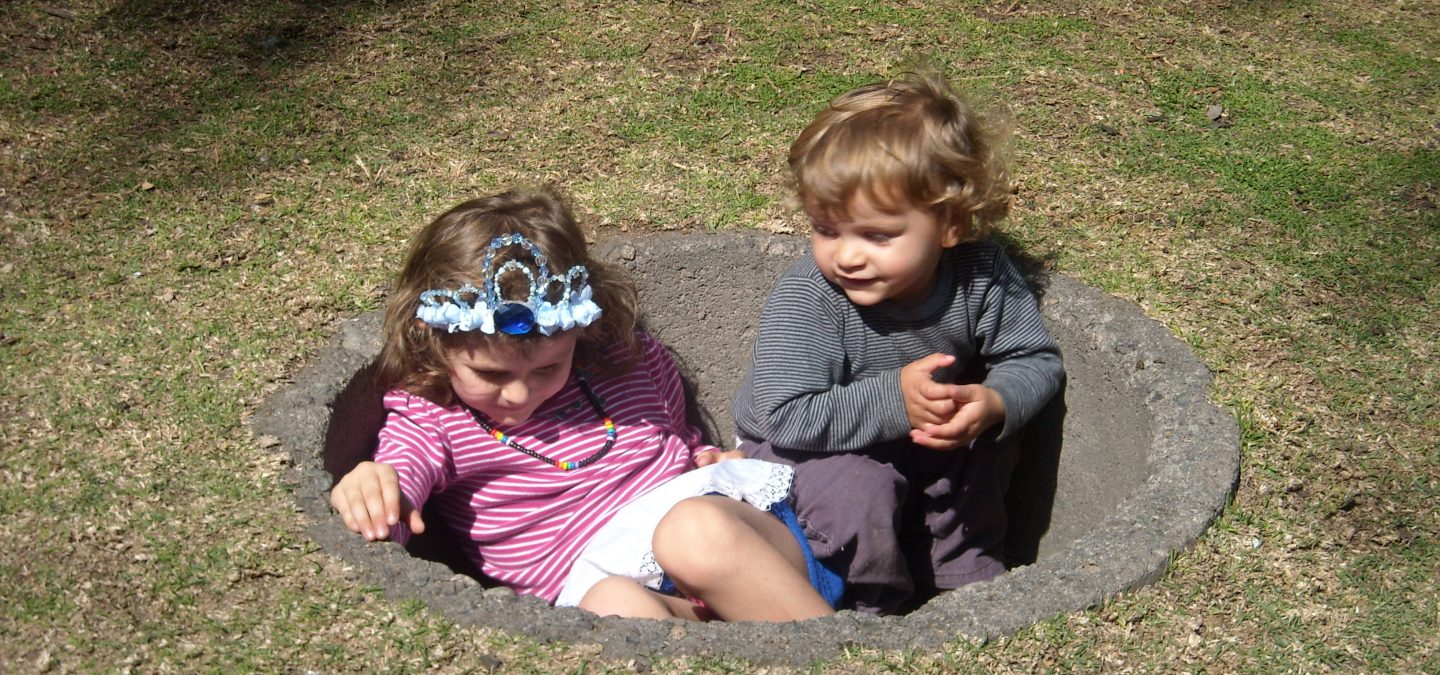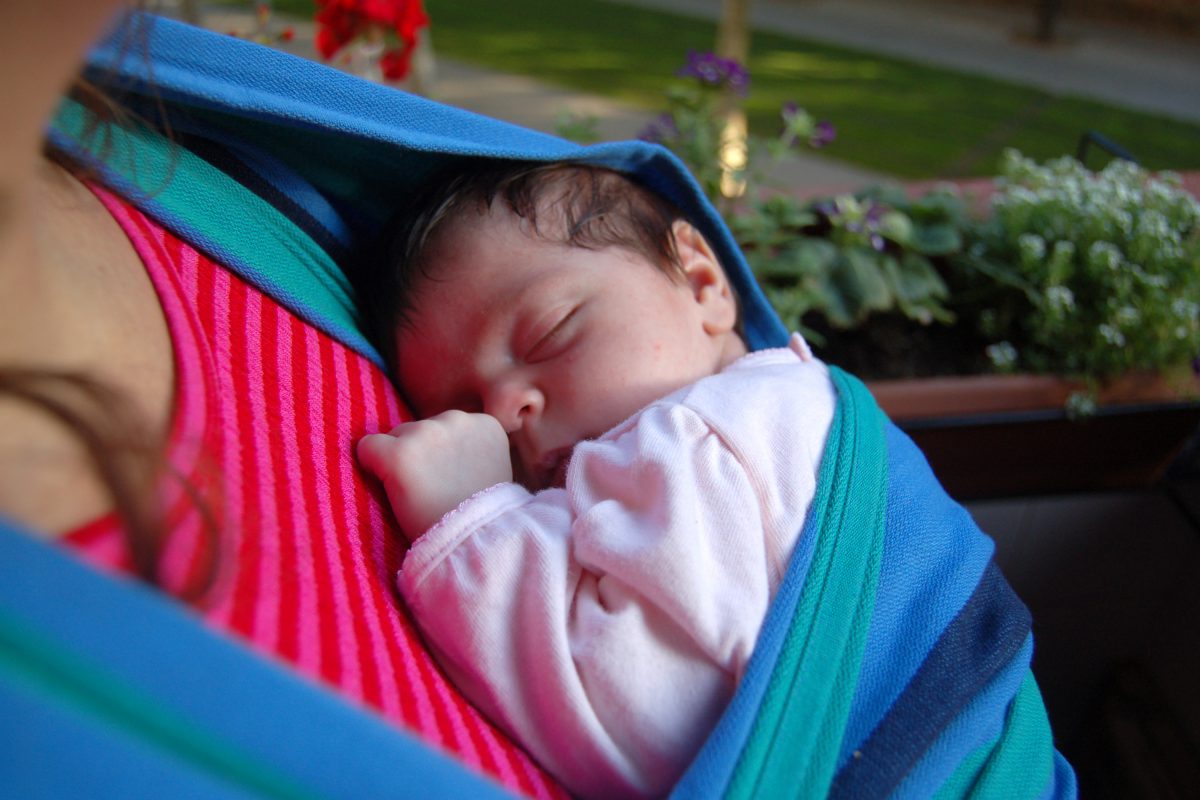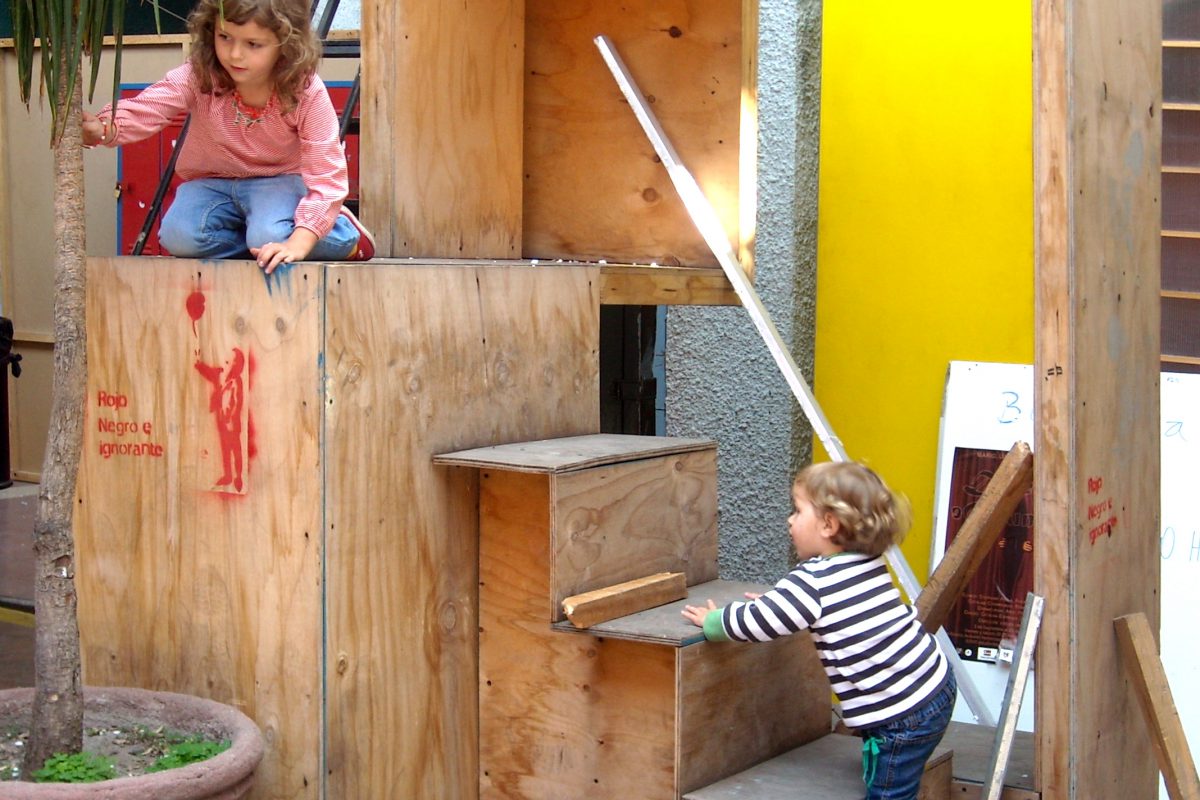
Keep up with our latest news and projects!

Over the years we have observed and registered the behaviour of kids between 0 – 7 years old within domestic, public and school environments.
We have filtered our look by active education, Seitai activity and “awareness through the body” study and practice.
After these first experiences as “passive” observers, we started to test space interaction and exploration guided processes. We have been working with 3 – 12 years old kids, playing within enclosed spaces and also open-air spaces. We have registered a wide range of body expressions and gestures related to the structure and the qualities of the explored space.
Through guided activities we tried to understand the relationship between these different qualities and structures and how the body responds to, for example, playing in a park, or in a congested street rather than in a noisy square.
The following considerations come from the gathered experiences, know-hows and all the accumulated information:
– Since the womb, a human being evolves interacting with the surrounding environment by means of movement and sense stimulation.
– Our physical, mental and emotional well-being is influenced by the quality of this interaction.
– Every place with its dimensional, material and sensorial qualities is therefore crucial for our well-being.
– Through our body, we are able to identify the feelings and the small physical, mental and emotional changes that a specific environment produces in ourselves.


We have identified four essential impulses that reflect a child’s interaction with a place: feeling embraced, watching carefully, projecting forward or backwards, being permeable. We arranged these four impulses together with senses, movements and spatiality, showcasing a matrix that allows us to investigate and to transform every place by means of our body.
If we look at our cities through a child’s eyes, we realise that urban spaces activate mostly the sympathetic nervous system (“fight or flight” response, physical and mental activity) to the detriment of the parasympathetic nervous system (“rest and digest” function, recovery, contemplation).
The main reason is a redundancy of vertical lines and corners, a redundancy of noise, density, hard materials and a hopeless lack of green areas. There is a general deficiency of complexity that affects kid’s health (hyperactivity, sleep disorders, stress). The best thing would be to have diversified urban spaces to satisfy the four impulses with respect for everyone’s peculiarities and transitory needs also. We can take advantage of our matrix to activate a participative process within public urban spaces craving heterogeneity and multiplicity.
Children are the key players of this investigation and transformation process. It’s a five steps process. Adults support kids as observers and facilitators. All five steps are open to contributors and advise:
1. Analysis. The process starts with awareness through the body exercises to activate kids sensorial perception. They can experience spaces through play, allowing peculiarities, criticalities and potentialities to emerge.
2. Mapping. Gathering the information coming from kids’ observations, the adults make a map that shows tension spots, opening areas and place vocations according to the different impulses.
3. Vision. Helping themselves with drawings, collages and temporary set-ups, kids build visions and images. They offer a way to transform the spaces, to adapt the place to their needs and wishes.
4. Design and construction. A team of designers- craftsmen manage and supervise the vision conversion into physical interventions to be built inside the place. It will be a design-by-doing flowing process to ease the involvement of the different players. It is also a tailor-made design and building process. The final shape is driven by body needs, wishes and imagination.
5. Test. Finally, kids put to test what has been built through free play.

An inclusive design and building process help to strengthen reciprocal bondings, sense of community and sense of place.
From a kid’s point of view, the activation of awareness through the body lets them realise their usually underestimated or ignored capabilities. They can evaluate their well-being within a place or a specific circumstance, they become key players in transformation processes. A kid, like an adult, is capable of criticizing, visioning, designing, building.
A child-sized city is a city for everyone.
This article belongs to a series of stories about the city at eye level for kids! You can access the full book online in PDF or pre-order your hardcopy to be delivered to your home.
Get your book here– Hengstenberg E. (1994). Desplegándose: imágenes y relatos de mi labor con niños. Barcelona: La liebre de Marzo.
– Martí, A., Sala J. (2011). Despertar la consciencia a través del cuerpo. Lleida: Milenio.
– Piaget, J. (1959). Apprentissage et connaissance. Paris: Presses Universitaires de France.
– Pikler, E. (1984). Moverse en libertad: desarrollo de la motricidad global. Madrid: Narcea.
– Tolja, J., Speciani, F. (2014). Pensare con il corpo. Milano: Tea.
– Tonucci, F. (1996). La città dei bambini. Bari: Laterza. – Wild, R. (1999). Educar para ser: Vivencia de una escuela activa. Barcelona: Herder.
– https://awarenessthroughthebody.wordpress.com/ – http://bodyconsciousdesign.com/home
– http://www.seitai-cvp.com/seitai-3/